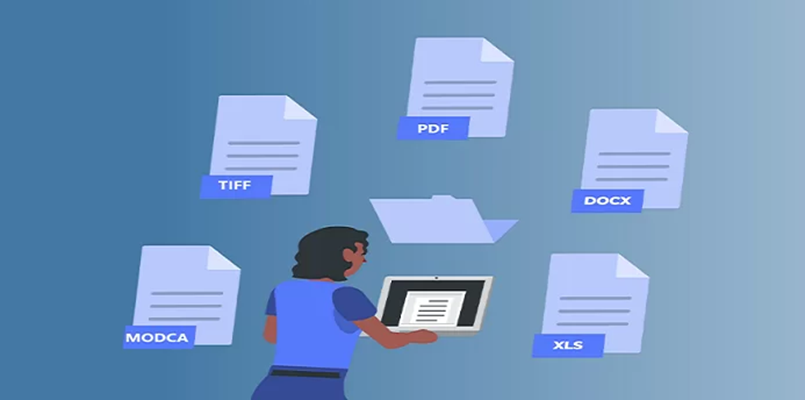MS Technology offers extensive experience working with JPEG and JPG images and the various compressions associated. MS Technology delivers the highest quality of lossy JPEG and JPG images to your users.
What is JPEG?
JPEG, Joint Photographic Experts Group, is a commonly used method of lossy compression for digital images, particularly for those images produced by digital photography. The degree of compression can be adjusted, allowing a selectable tradeoff between storage size and image quality. JPEG typically achieves 10:1 compression with little perceptible loss in image quality.
JPEG compression is used in a number of image file formats. JPEG/Exif is the most common image format used by digital cameras and other photographic image capture devices; along with JPEG/JFIF, it is the most common format for storing and transmitting photographic images on the World Wide Web. These format variations are often not distinguished, and are simply called JPEG.
Advantages of JPEG
- High Resolution: One of the notable advantages of the JPEG standard is that it supports 24-bit color with up to 16 million colors, therefore it has been widely used for compressing and encoding digital images with high resolutions.
- Smaller File Size: When compared to the BMP file format or PNG file format, JPEG has the advantage of compressing a digital image at a smaller file size. In other words, a JPEG image with a relatively similar quality and resolution as its BMP or PNG counterpart can have a smaller size. This makes the standard more suitable for storage, online distribution, and online consumption.
- Adjustable Compression: Another interesting feature of the JPEG standard is that users can adjust the degree of the compression of a particular digital image. More specifically, users can find the right balance or tradeoff between image quality and file size.
Disadvantages of JPEG
- Lossy Compression: A key disadvantage of the JPEG standard is that it is lossy compression. To be specific, this standard works by dropping unneeded color data as it compresses the digital image. Note that editing and resaving the image lead to quality degradation.
- Inflexible Application: The standard is ideal for digital images with smooth variations in colors such as portraits and nature photographs. However, it is not ideal for images with texts or sharp lines and edges. The standard specifically produces noticeable artifacts along the edges of two or more colors and objects.
- No Support for Opacity: Unlike the PNG format, another drawback of the JPEG standard is that it does not support opacity or transparency. Raw digital images with opaque or transparent areas would be saved with a solid white color under the JPEG format.
MS Technology’s Solutions
MS Technology has over 25 years of experience and the leader with the JPEG format with all of our products including the MST Viewer, eViewer HTML5 document viewer, and MST Batch Converter. MS Technology’s solutions can overcome many of the disadvantages of the JPEG format including using our OCR module to provide text search and selection, and annotate JPEG files. Our powerful viewers and conversion tools enable you to view, convert, manipulate, combine, annotate, redact and print JPEG files.
Get Started
Contact us today to learn more about MS Technology can assist your organization’s need to manage JPEG files.
